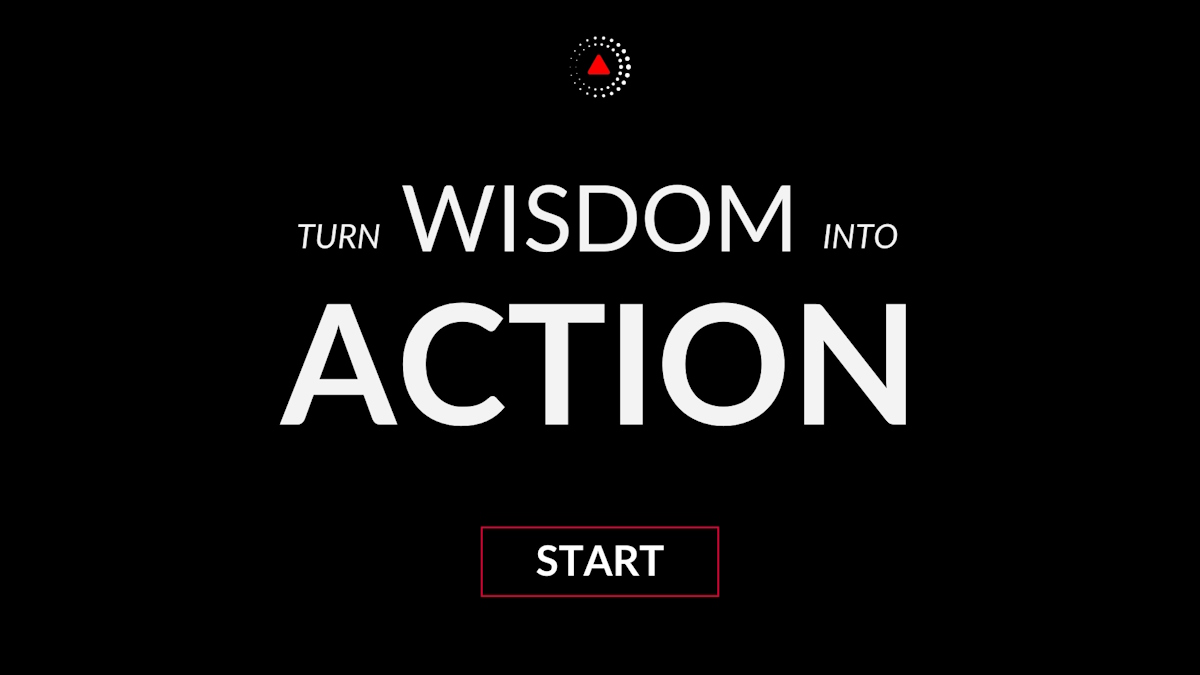The opposition occupies the benches in front of you, but the enemy sits behind you
What's the meaning of this quote?
Quote Meaning: The quote "The opposition occupies the benches in front of you, but the enemy sits behind you" encapsulates a profound understanding of both the visible and hidden dynamics of conflict and competition. At its core, it speaks to the multifaceted nature of challenges we face in various aspects of life, whether in politics, business, or personal relationships.
In the literal sense, "the opposition occupies the benches in front of you" refers to the adversaries or competitors who are directly confronting you. These could be political opponents, rival companies in business, or even individuals within your social circle with conflicting interests or opinions. They are the ones you are aware of, the ones you can see and engage with directly.
However, the second part of the quote, "but the enemy sits behind you," introduces a deeper layer of complexity. Here, "the enemy" symbolizes threats that are not immediately apparent, lurking in the background, perhaps unnoticed or underestimated. These could be unseen risks, hidden agendas, or unforeseen challenges that have the potential to cause significant harm or disruption.
The juxtaposition of "opposition" and "enemy" highlights the distinction between adversaries who openly oppose you and those who may pose a more insidious threat from behind the scenes. While you may be actively engaged in dealing with the opposition, it's essential not to lose sight of the potential dangers that may be lurking unnoticed.
This quote serves as a reminder to maintain vigilance and awareness in navigating conflicts and challenges. It cautions against becoming too focused solely on the obvious adversaries while neglecting to consider the broader context and potential risks that may exist. By acknowledging the presence of both visible and hidden threats, one can adopt a more strategic and comprehensive approach to managing conflicts and protecting one's interests.
Moreover, the quote underscores the importance of foresight and preparedness in dealing with adversity. By recognizing that the true enemy may not always be immediately apparent, individuals and organizations can take proactive measures to anticipate and mitigate potential risks before they manifest into more significant problems.
In essence, this quote encourages a mindset of strategic thinking, resilience, and awareness—a recognition that in any conflict or competition, there may be more than meets the eye, and true strength lies in understanding and addressing both the visible and unseen challenges that lie ahead.
Who said the quote?
The quote "The opposition occupies the benches in front of you, but the enemy sits behind you” is often attributed to Winston Churchill (Bio / Quotes). Winston Churchill was a British politician, statesman, and writer who is widely regarded as one of the greatest leaders in modern history.
Applying the quote to your life
Unlock Churchill's wisdom and apply it to your life by getting the in-depth Winston Churchill Workbook & Study Guide, complete with top quotes, insightful commentary, reflective questions, and practical uses for everyday life.
To apply more wisdom, get the All-Access Pass, which includes hundreds of study guides from the world's top minds. These include deep insights from individuals such as Nelson Mandela, Steve Jobs, and Albert Einstein, as well as some of the top authors and personal development books.
What are Winston Churchill's Best Quotes?
Watch on Elevate's YouTube channel and be sure to subscribe for more wisdom and insights from the world's top minds.
Subscribe on YouTube to get the latest quote videos delivered straight to you:
Is there a historical example that illustrates the message of the quote?
The quote “The opposition occupies the benches in front of you, but the enemy sits behind you” can be vividly illustrated by examining the political situation during the reign of Julius Caesar and the events leading up to his assassination.
Julius Caesar, a formidable leader of Rome, faced not only public opposition but also covert enemies among his closest allies. Publicly, Caesar dealt with political adversaries like Pompey and the Senate, who were openly critical of his accumulation of power and his reforms. These opponents were akin to the "benches in front" of him—visible, vocal, and straightforward in their opposition.
However, the more dangerous threat came from those who were once his allies and sat behind him in the Senate—his so-called friends who had become enemies. This group included Brutus, Cassius, and other conspirators who, despite being in Caesar’s inner circle and once considered allies, plotted his downfall. On the Ides of March in 44 B.C., they turned on Caesar and assassinated him. This betrayal from behind was a more lethal danger than the open criticism he faced from his public opponents.
This historical example illustrates the essence of the quote: the visible, declared opposition is often less dangerous than the covert threats from those who are in closer proximity and can strike unexpectedly from behind.
How can the quote be applied in a real-life scenario?
In real life, the quote underscores the importance of recognizing and addressing both overt and covert threats in any situation, particularly in leadership or organizational contexts.
Consider a business leader who faces criticism from competitors and industry critics. These are the "benches in front"—they are open about their opposition and often provide direct challenges to the leader's strategies and decisions. While these criticisms can be daunting, they are usually anticipated and can be addressed through strategic planning and communication.
However, the true danger often lies in the internal dynamics of the organization. Imagine a scenario where some of the leader’s trusted executives or team members, while publicly supportive, are secretly undermining their authority or working against their interests. These individuals are the "enemies behind" the leader. Their actions might include sabotaging projects, spreading misinformation, or failing to support critical initiatives. Such covert actions can be far more damaging because they are less visible and harder to detect until significant harm has been done.
To apply this quote in a real-life scenario, a leader must:
Maintain Awareness: Keep an eye on both external opposition and internal dynamics. Regularly assess the loyalty and motivations of those within the organization.
Encourage Transparency: Foster an environment where concerns and criticisms can be openly discussed. This can help in identifying and addressing potential issues early on.
Build Alliances: Strengthen relationships with trustworthy colleagues and ensure that there is a network of support that can provide honest feedback and alert you to any covert threats.
Implement Safeguards: Create systems of checks and balances that help to detect and mitigate any potential subversive actions from within.
By applying these principles, one can better manage both visible and hidden threats, ensuring a more resilient and secure leadership approach.
Chief Editor
 Tal Gur is an author, founder, and impact-driven entrepreneur at heart. After trading his daily grind for a life of his own daring design, he spent a decade pursuing 100 major life goals around the globe. His journey and most recent book, The Art of Fully Living, has led him to found Elevate Society.
Tal Gur is an author, founder, and impact-driven entrepreneur at heart. After trading his daily grind for a life of his own daring design, he spent a decade pursuing 100 major life goals around the globe. His journey and most recent book, The Art of Fully Living, has led him to found Elevate Society.






















